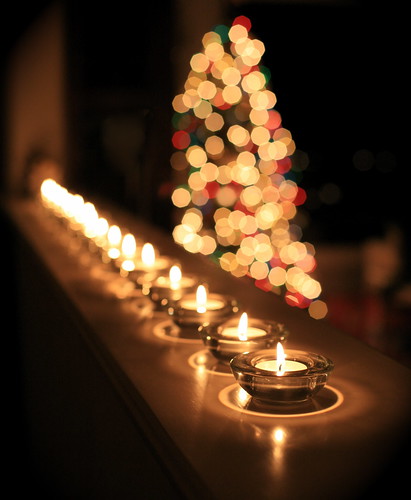
Family
traditions and culture are never seen more clearly than they are during the
Christmas season. Christmas in Sweden is marked by a number of historical
traditions and festivities that are still widely practiced today. It is always
interesting to study these traditions in light of our own and enjoy the many
different ways that Christmas is remembered.
Counting the Days
Most
homes have an Advent calendar and children usually have their own. The first
Sunday in the month of December is known as Advent Sunday. Families begin to
count down the days until Christmas using an Advent calendar; children are
especially fond of these calendars. Although there are many variations of this
calendar, most have a flap for each day that opens up with a Christmas picture
inside and a treat, usually chocolate.
Special Gifts
Families
and friends usually exchange thoughtful handmade gifts that they either make
themselves or purchase at the Christmas Market. Gifts of candy, ornaments and
other special favors are wrapped and sealed with special sealing wax. Many
people include a heartfelt verse or note with their gift.
St. Lucia’s Day
St.
Lucia is known as the patron saint of light, and most Christmas festivities
begin on St. Lucia Day, December 13. Traditional celebrations begin with the
oldest daughter dressing early in the morning, before anyone is up, as the
“Queen of Light.” She puts on a beautiful white dress and a crown made of woven
leaves and candles. She visits each family members bedroom and sings “Santa
Lucia,” while she delivers coffee and sweet breakfast treats.
Christmas Tree
Unlike
many people in America who get their Christmas tree weeks before Christmas,
Swedes get their trees just one or two days prior to Christmas. Homemade
ornaments and figures of Christmas gnomes are used to decorate along with
lights.
The
lights are turned on the tree after dinner. Tomte, a tiny Christmas gnome, much
like America’s Santa Claus, delivers Christmas presents. He comes to each house
in a sleigh that is pulled by a goat.
Christmas Day Meal
The
Christmas meal is served around midday and a common tradition involves dipping
bread into an iron kettle containing broth. This practice is a reminder of
times when there was very little food to go around, and many people
were hungry. However, this is quickly followed by a large meal with dried
fish, ham, pork sausage, spiced breads, herring salad and boiled potatoes. The
meal is followed by a wide variety of sweet treats including pudding, pies and cakes.
After Christmas
The
day after Christmas is known as “Second Day Christmas” and a day for singing
carols. January 5th is known as the eve of the Twelfth Night. Boys dress up
like Wise Men and travel around to different homes with lit candles on a pole
that is topped with a star, singing carols. St. Knut’s Day is on January 13th.
Adults in the home take down the Christmas decorations while children in
costumes pick candy from the tree.
About
the Author: Susan Patterson is a freelance writer with an interest in studying
other cultures. She recently wrote an article regarding how to how to learn Russian for travelling.
No comments:
Post a Comment